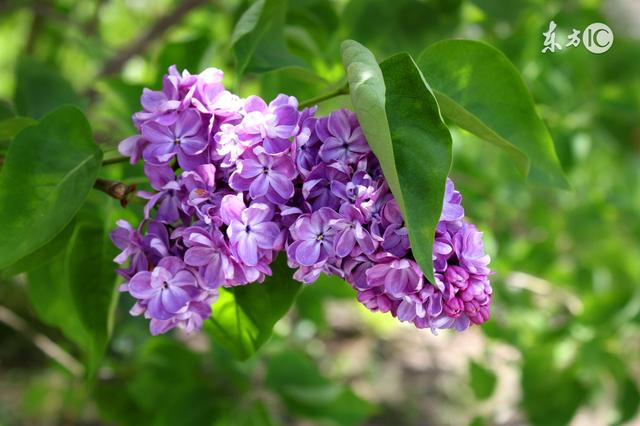Things to pay attention to and key points in planting violets
Violet alias-sweet-scented osmanthus, grass Violet, Sitake. Origin: originally from the Mediterranean coast of Europe, it is now widely cultivated in all parts of the world. What do you need to pay attention to if you want to plant violets?

1. Soil selection: Violet has no strict requirements on soil, but it is more suitable to grow in neutral or slightly acidic soil with thick soil layer, loose soil, fertility, moisture and smooth drainage, but can not grow in strongly acidic soil.
two。 Cultivation: ① put the soil in the flowerpot and shake it gently so that the soil is evenly distributed.
② puts the seeds of violets on the potted soil without covering the soil, because the seeds of violets like light, but they should not be exposed to the sun.
③ watered thoroughly and moved the flowerpot to a place with plenty of sunshine and good ventilation for maintenance.
3. Light: Violet likes plenty of light and can tolerate semi-shady environment slightly. Sufficient sunlight and smooth ventilation are needed in the growing season, otherwise it is easy to cause physiological diseases and make the plant grow poorly.
4. Temperature: Violet likes the warm climate in winter and cool in summer. It is afraid of hot in summer. It has a certain degree of ability to resist cold in winter, but if the temperature is below-5 ℃, it is appropriate to move into the room for the winter.
5. Watering: ① Violet leaves are thick, the number of stomata is relatively small, and the whole plant is covered with velvet, and has a certain degree of ability to resist drought, so watering is not suitable for too much, so that the soil can maintain a moist state, if too much water is easy to cause plant root rot.
② should usually follow the watering principle of "dry and wet". When the soil surface is dry and white, the plants should be watered immediately.
6. Reproduction: violets are propagated by sowing, usually from mid-late August to early October.
7. Pest control: the main diseases of violets are mosaic disease, white rust and cabbage moth disease.
① mosaic disease is mainly transmitted by 40,50 species of aphids, mainly peach aphid and vegetable aphid, and can also be transmitted through leaf sap. Once Violet gets sick, to kill the aphids immediately, you can spray 1.2% nicotinine EC 2000-4000 times or imidacloprid 10% wettable powder 2000 times.
After suffering from white rust, ② violets can be sprayed with 300-fold solution of diphacinone sodium 250 times or 65% Dysen zinc wettable powder 500 times 600 times during the growing season.
After ③ violets are damaged by Plutella xylostella, the adults of Plutella xylostella have phototaxis and can be trapped and killed by black light. At the beginning of the pest occurrence, it can be sprayed with 1000 times of methomyl EC or 1000 times of thiosulfate wettable powder.
8. Fertilization: it is not suitable to apply too much fertilizer to violets, otherwise it will cause overgrowth of plants and affect flowering. In addition, it is not suitable to apply too much nitrogen fertilizer to it, but to apply more phosphate fertilizer and potash fertilizer. Fertilize the plant every 10 days during the growing season, and do not apply fertilizer during flowering and winter.



- Prev

Excellent practice of planting vanilla on 6 kinds of balcony
Like to grow grass-like plants? It is already summer, the time is not very suitable, but now is the time for the vanilla plant of the flower tanning friend, remember we also hold.
- Next

Guangxi has become the province with the largest number of orange plants.
Author: Xie Qingxia Source: "Friends of the Farmer" Juhong has always been "hard to get one fruit" because of its special antitussive and expectorant effect. In 2013, Guangdong authentic medicinal materials.
Related
- Fuxing push coffee new agricultural production and marketing class: lack of small-scale processing plants
- Jujube rice field leisure farm deep ploughing Yilan for five years to create a space for organic food and play
- Nongyu Farm-A trial of organic papaya for brave women with advanced technology
- Four points for attention in the prevention and control of diseases and insect pests of edible fungi
- How to add nutrient solution to Edible Fungi
- Is there any good way to control edible fungus mites?
- Open Inoculation Technology of Edible Fungi
- Is there any clever way to use fertilizer for edible fungus in winter?
- What agents are used to kill the pathogens of edible fungi in the mushroom shed?
- Rapid drying of Edible Fungi

